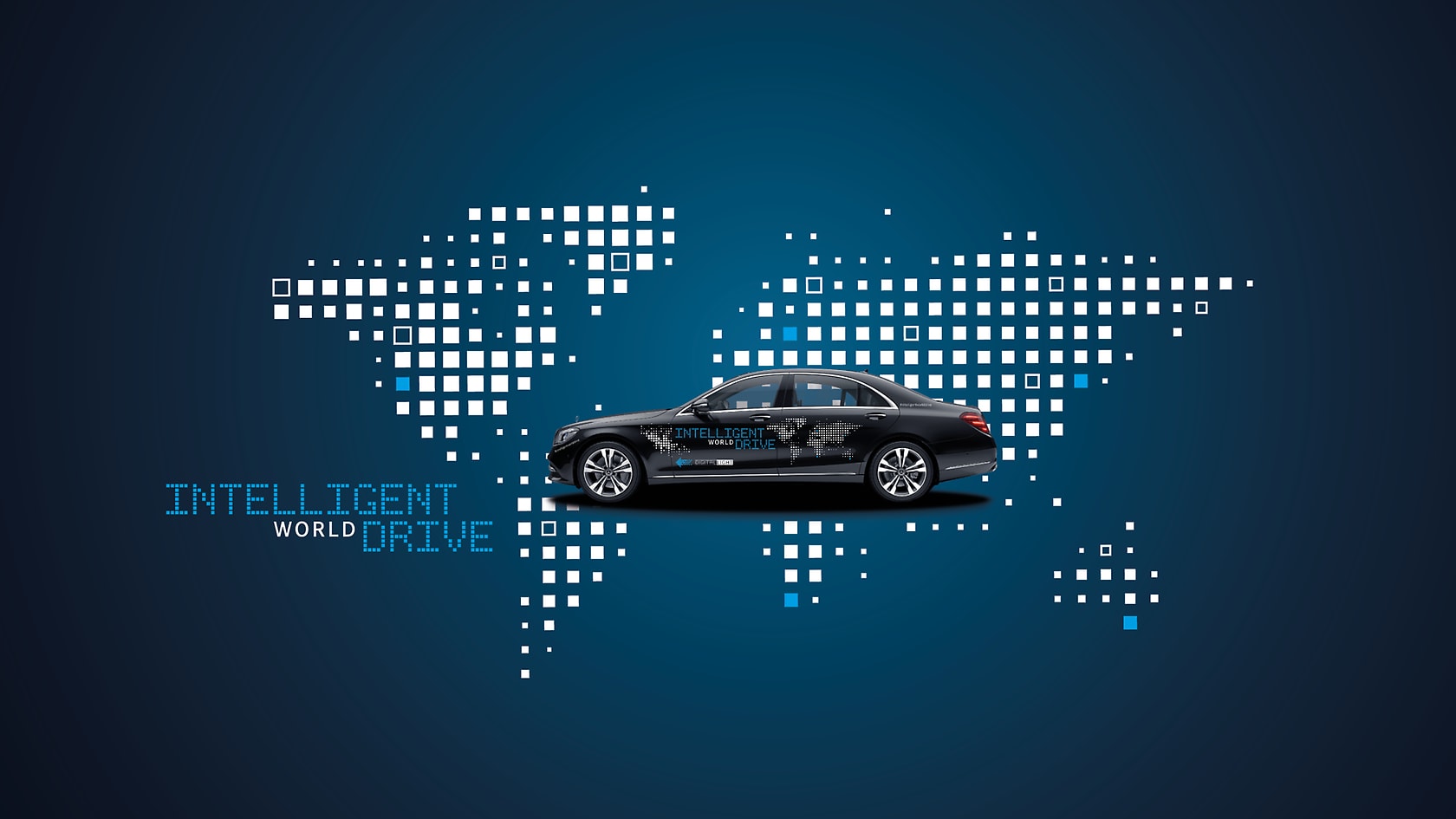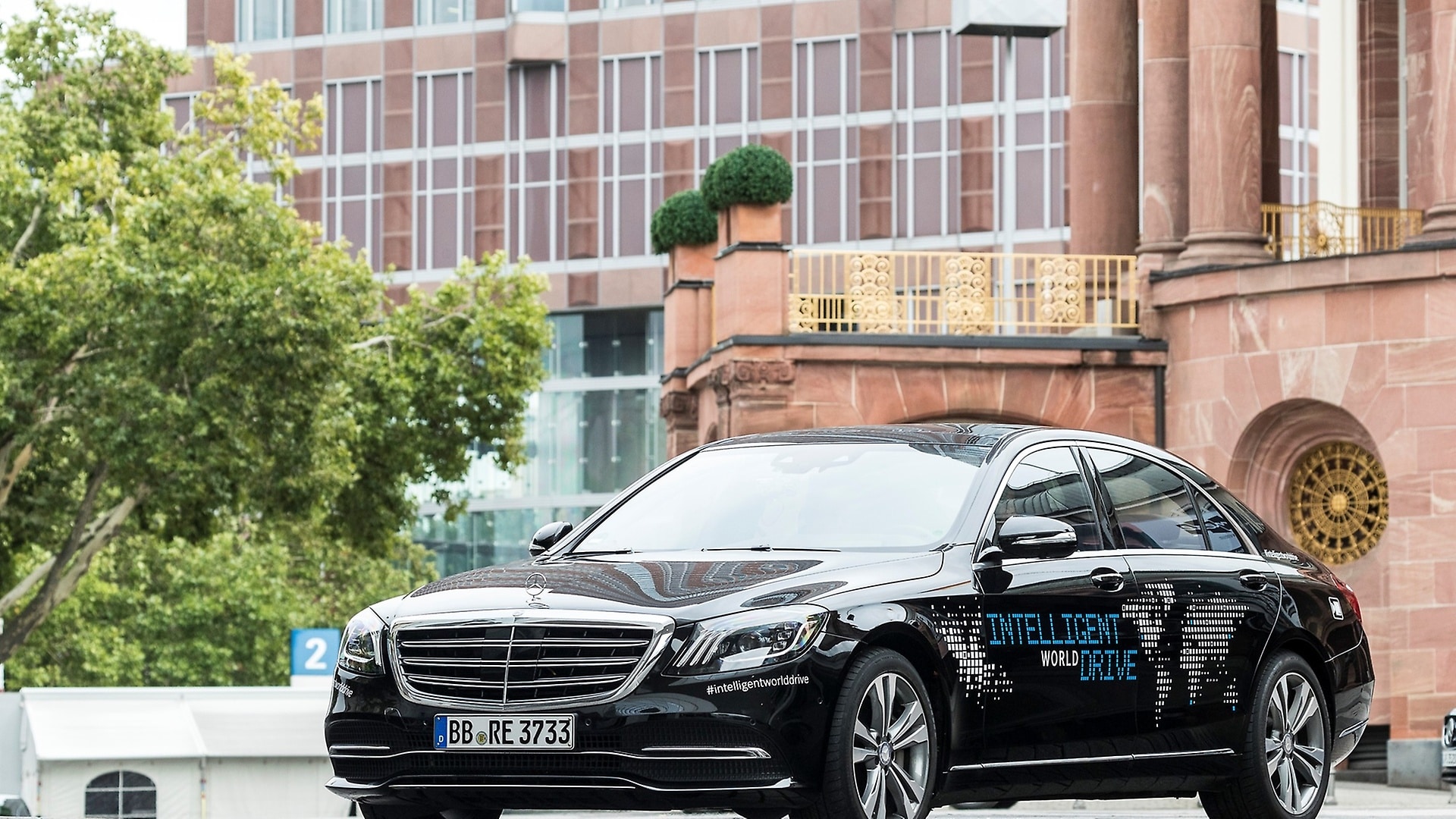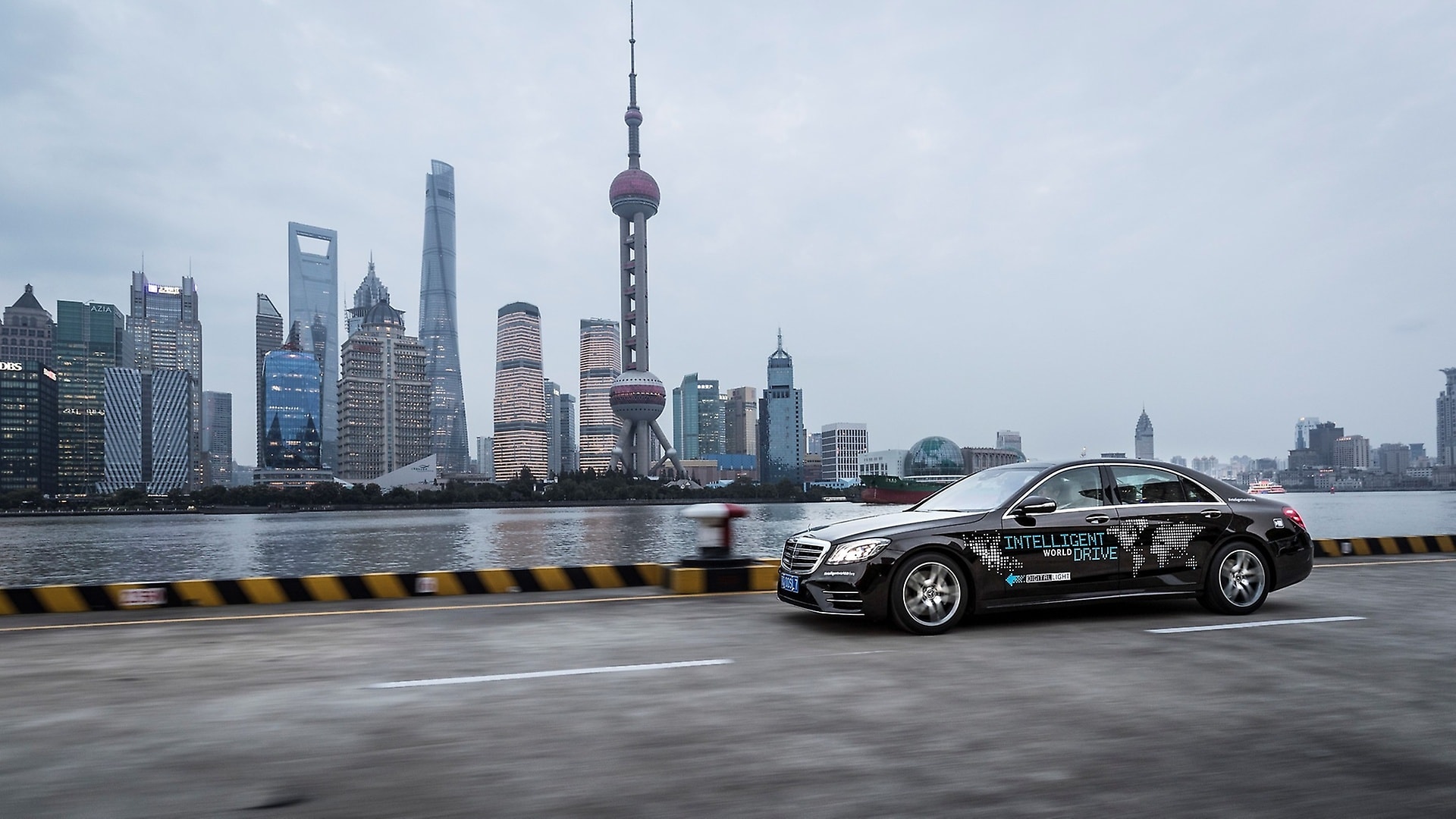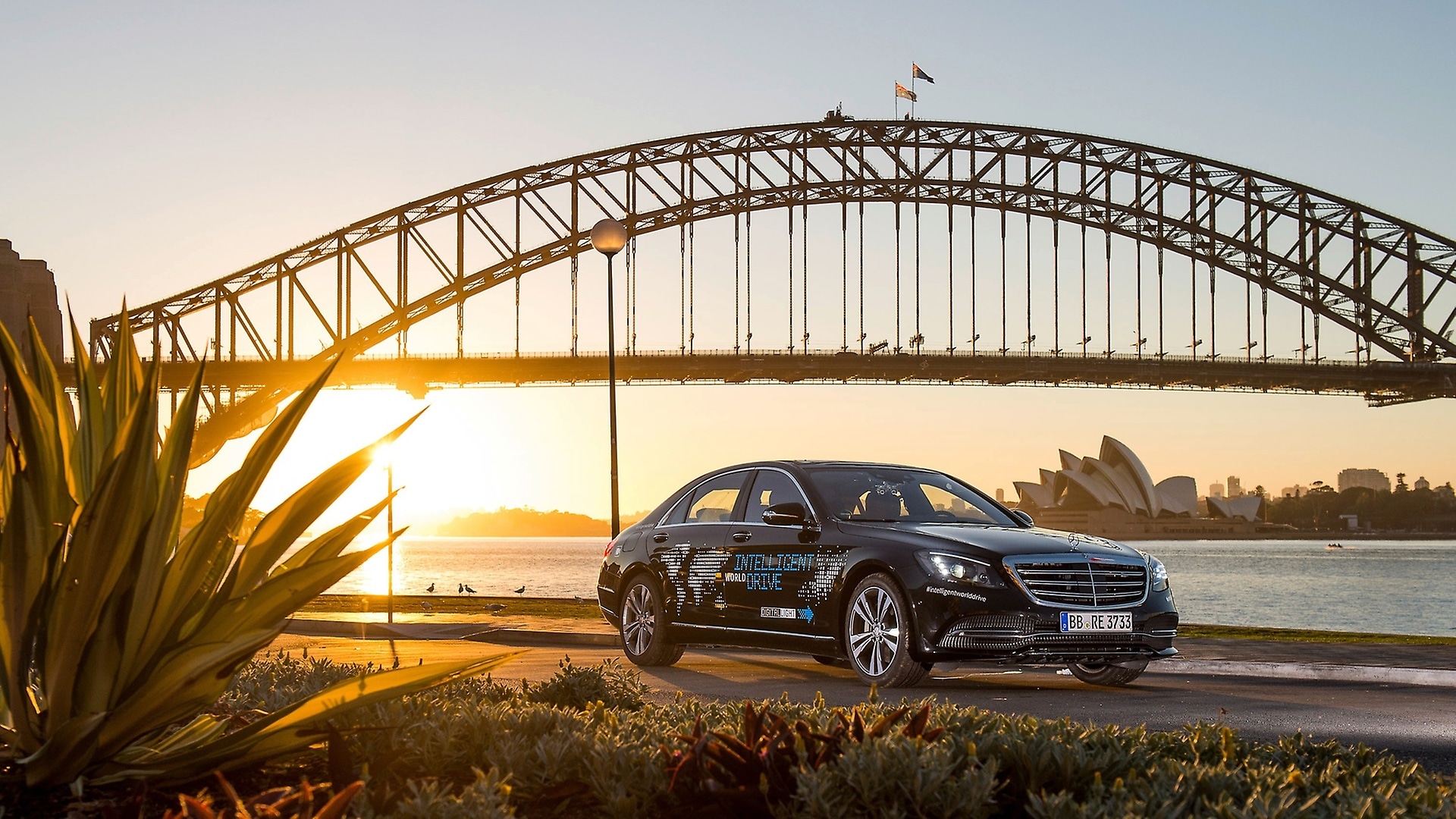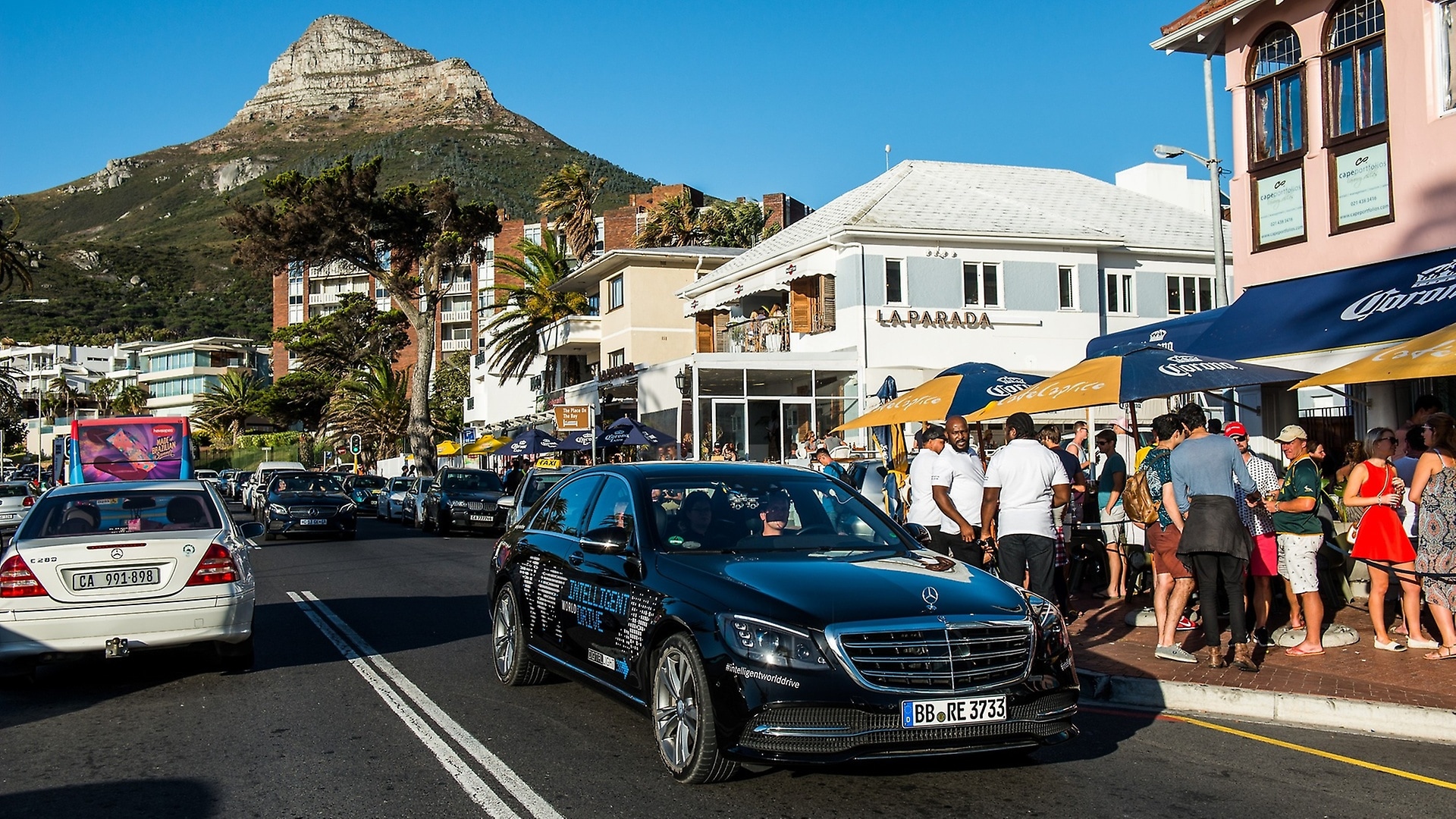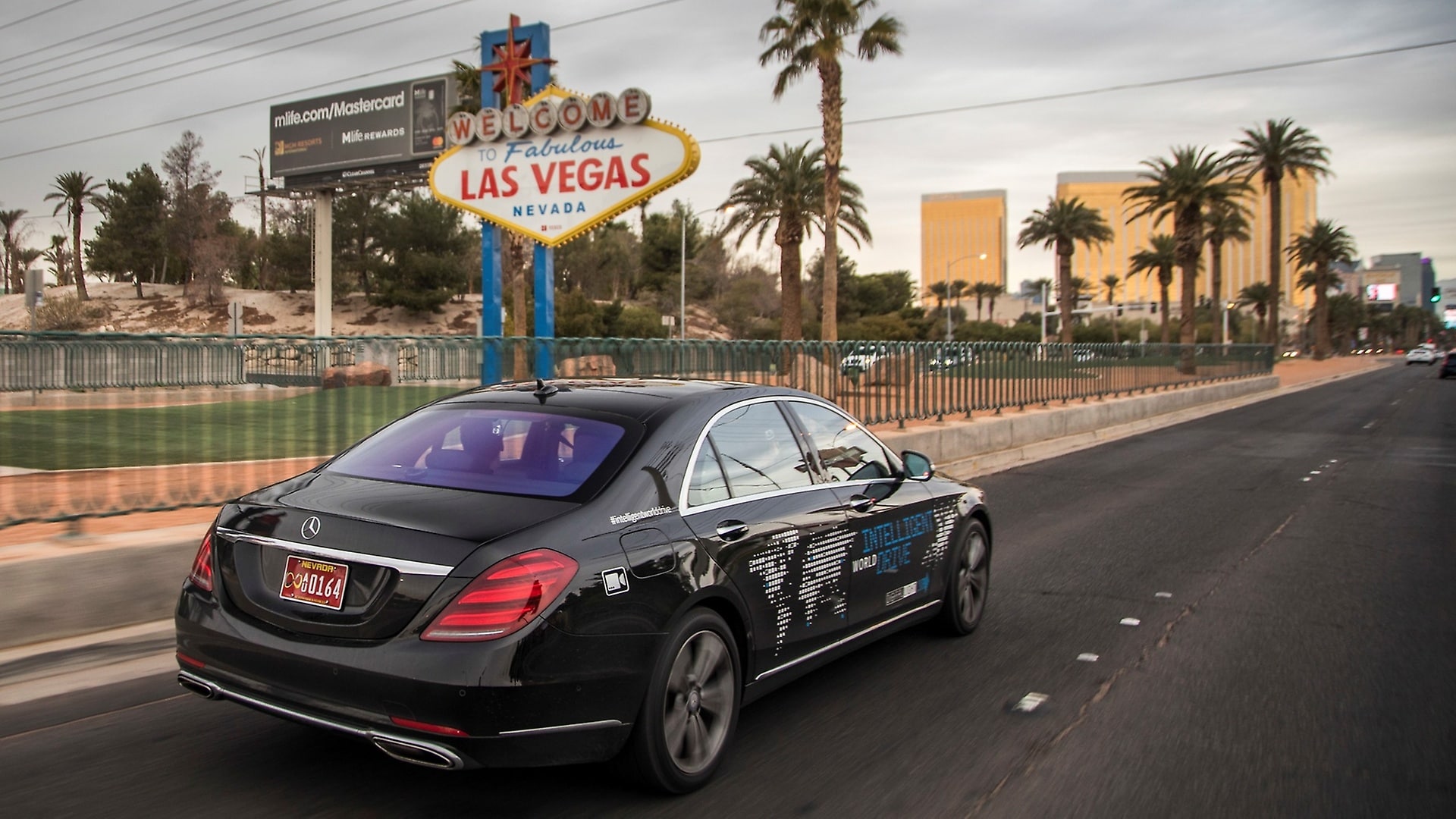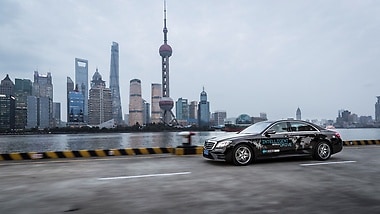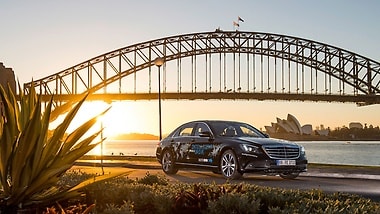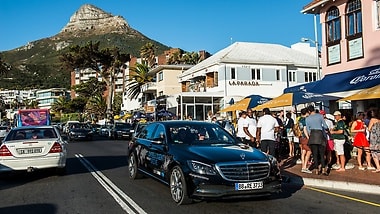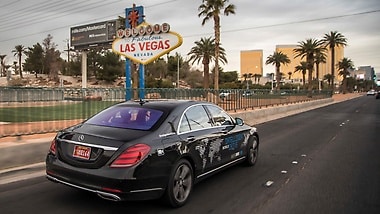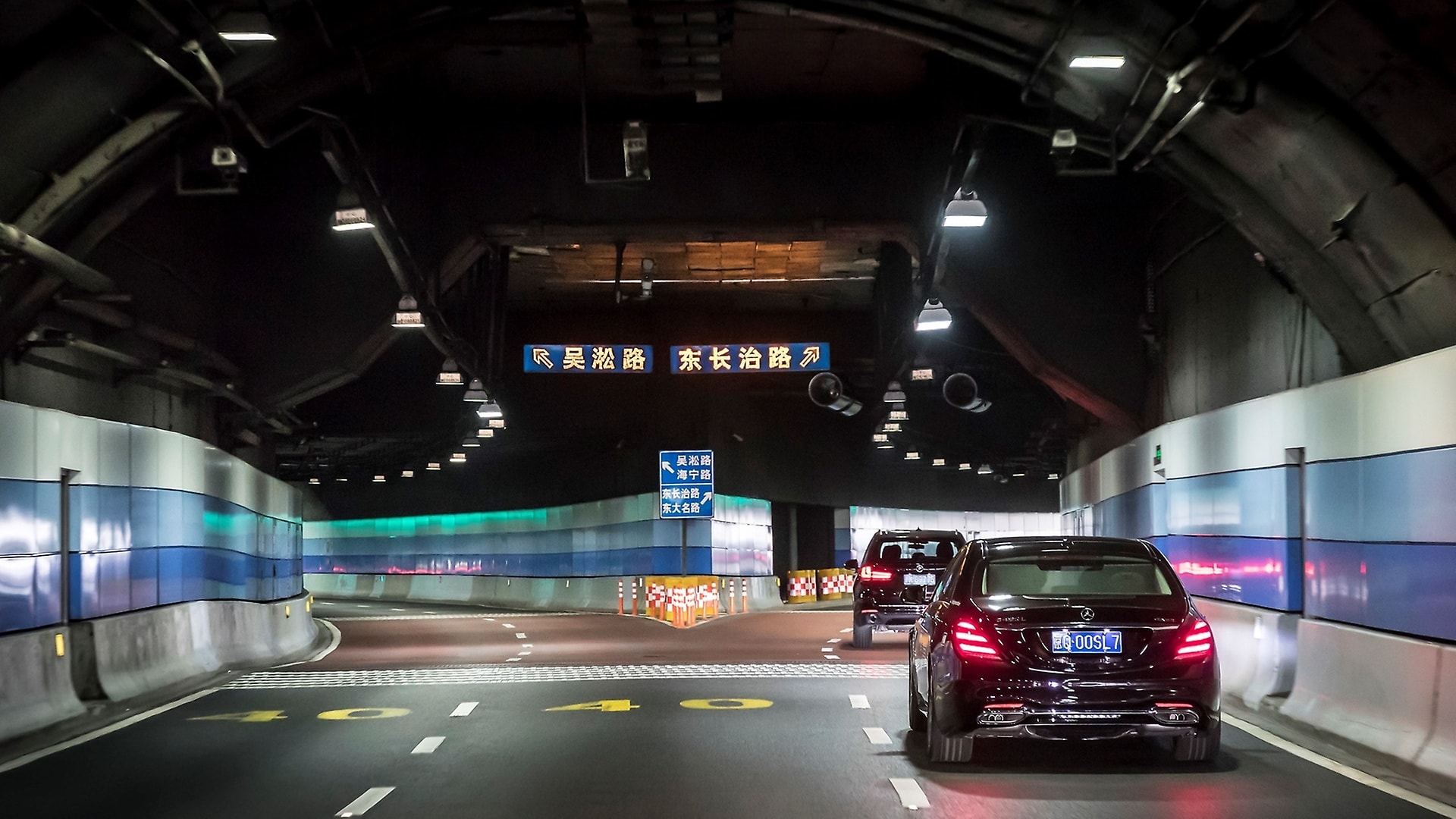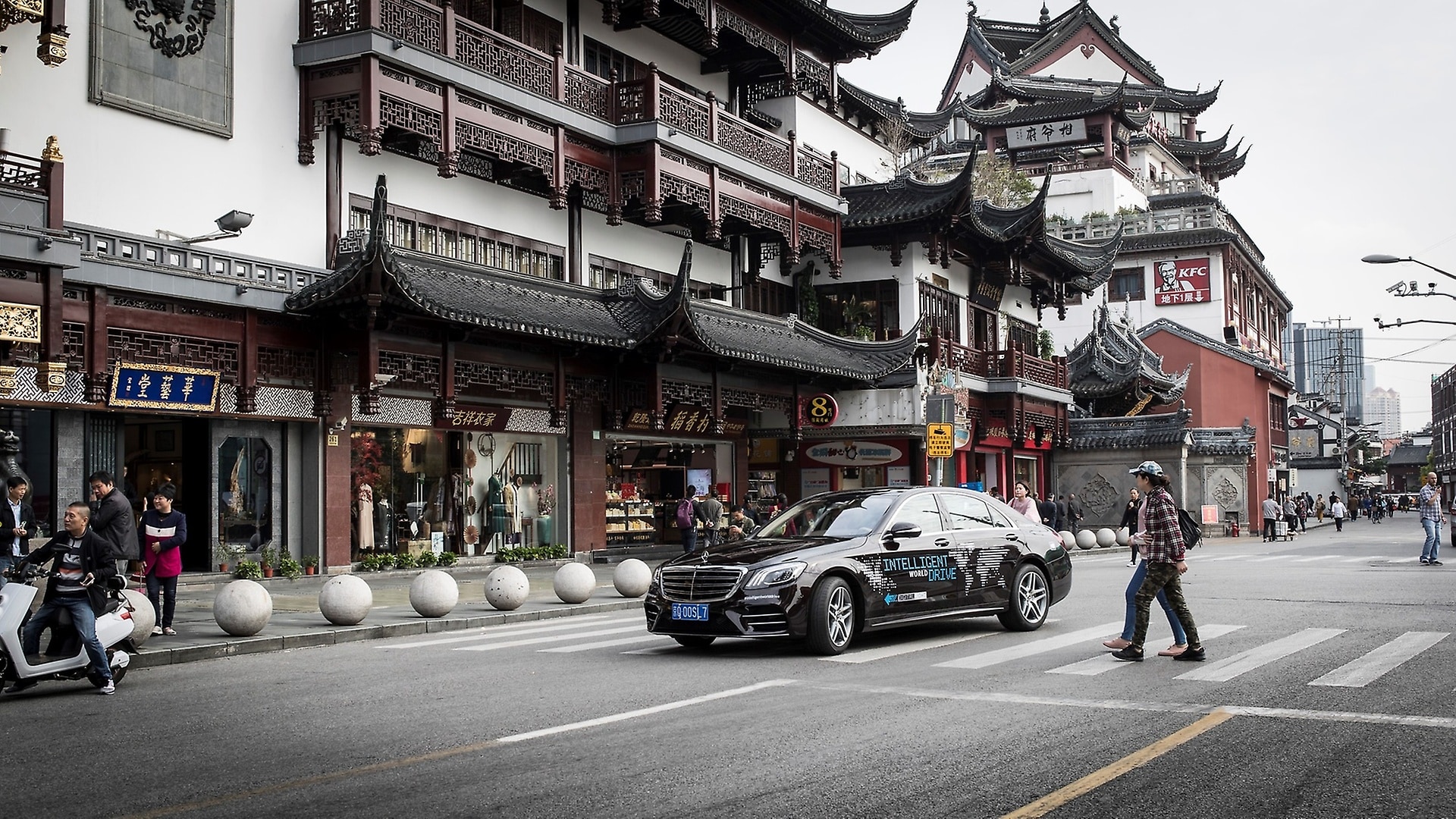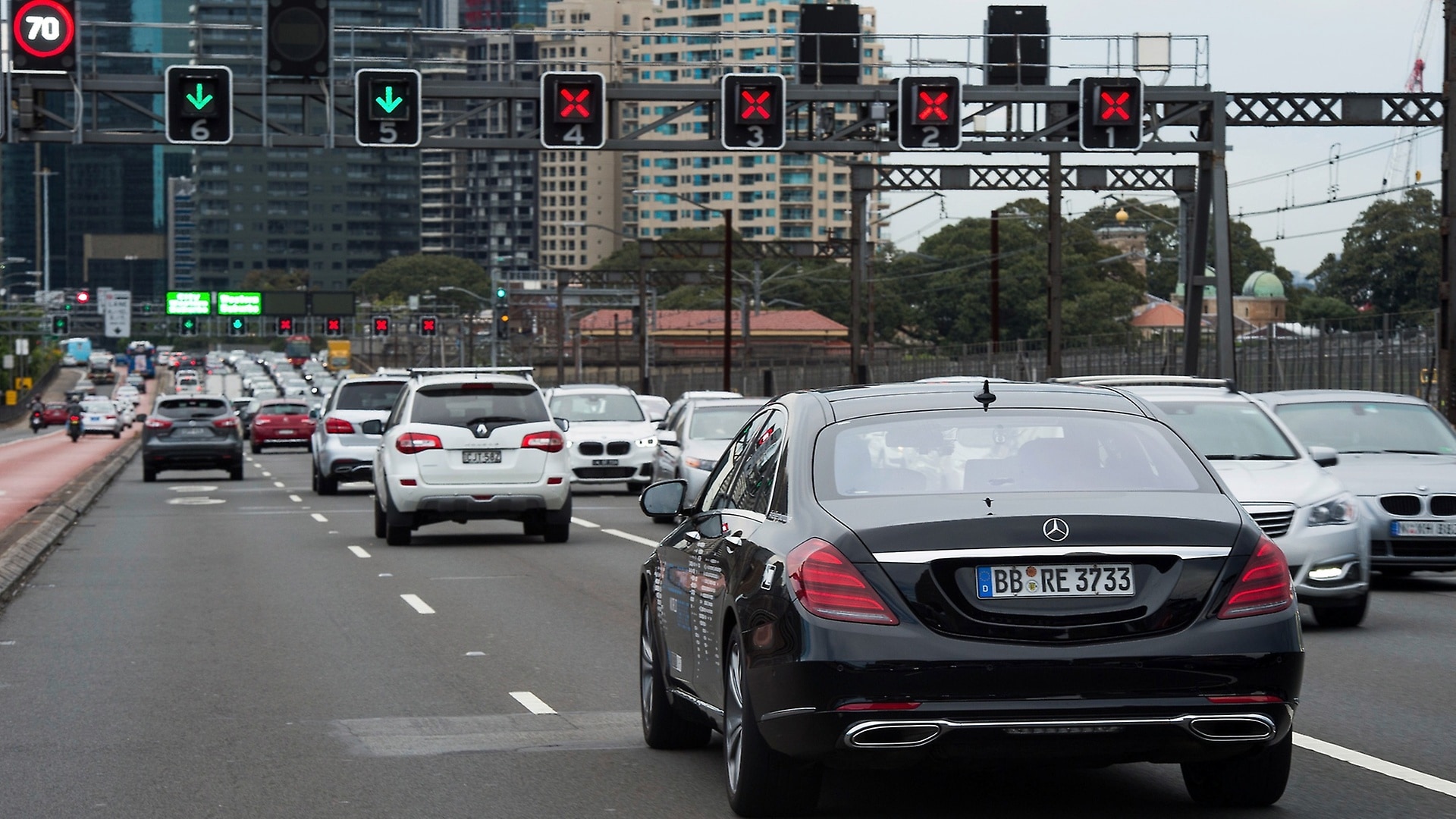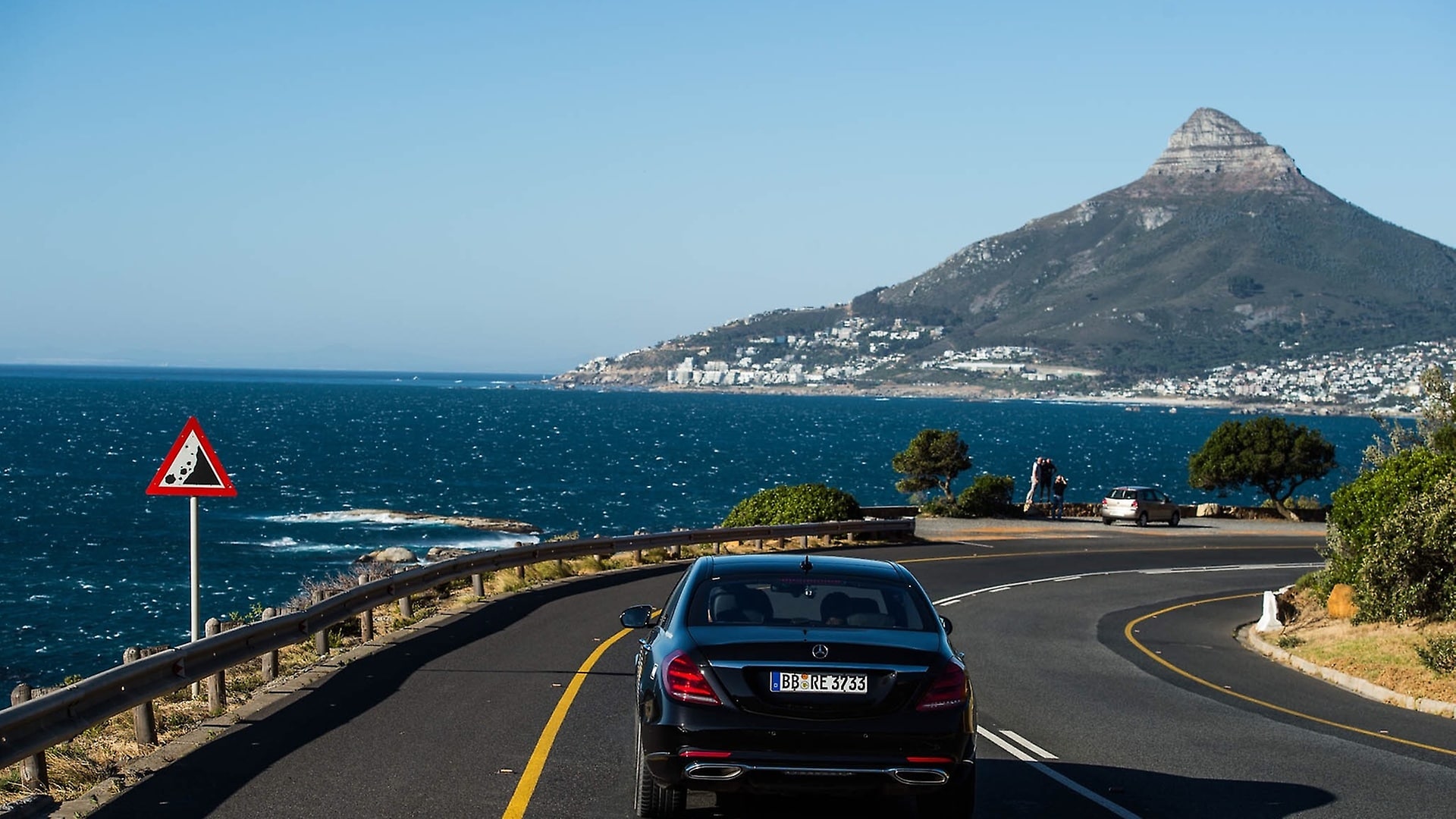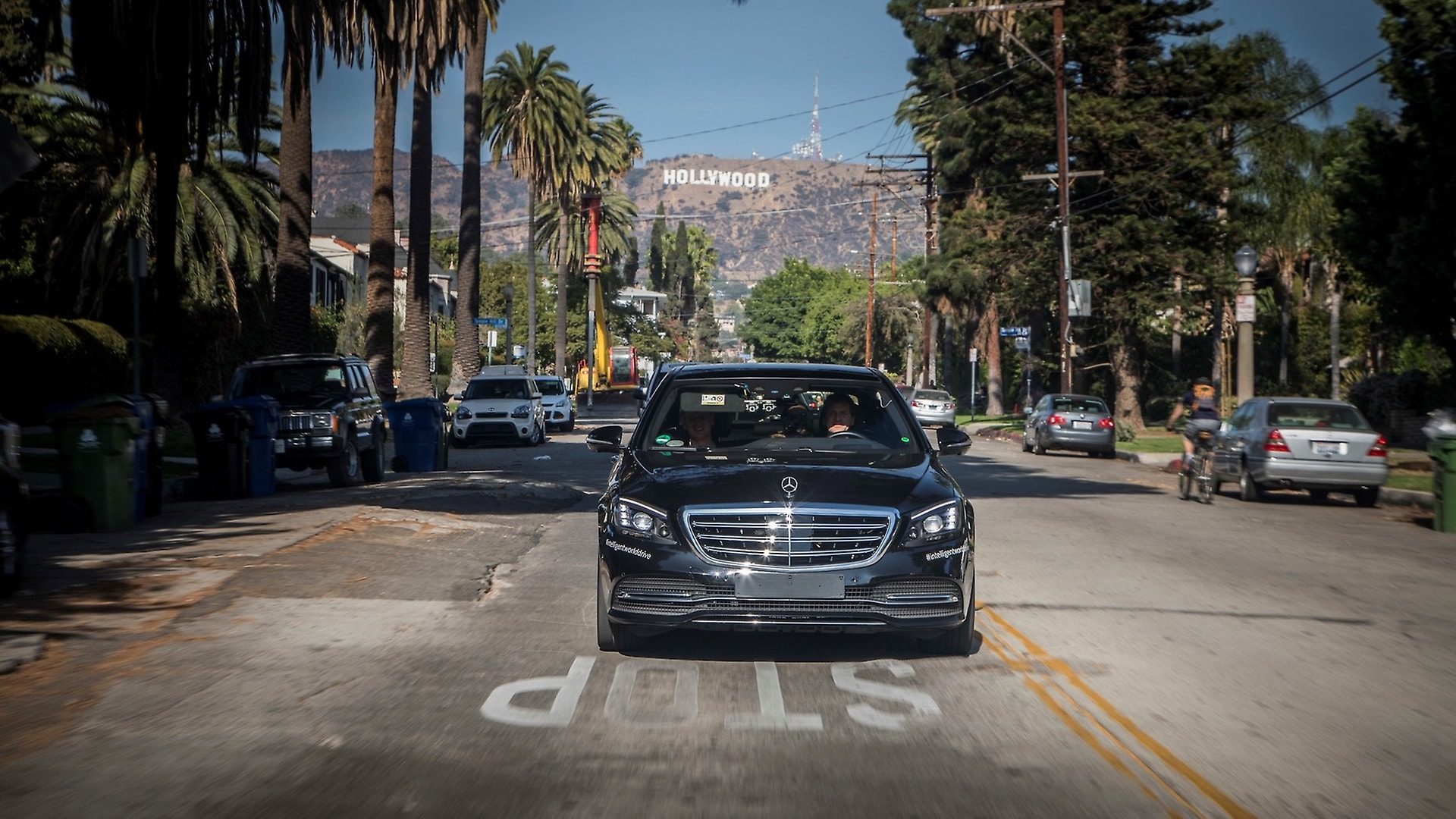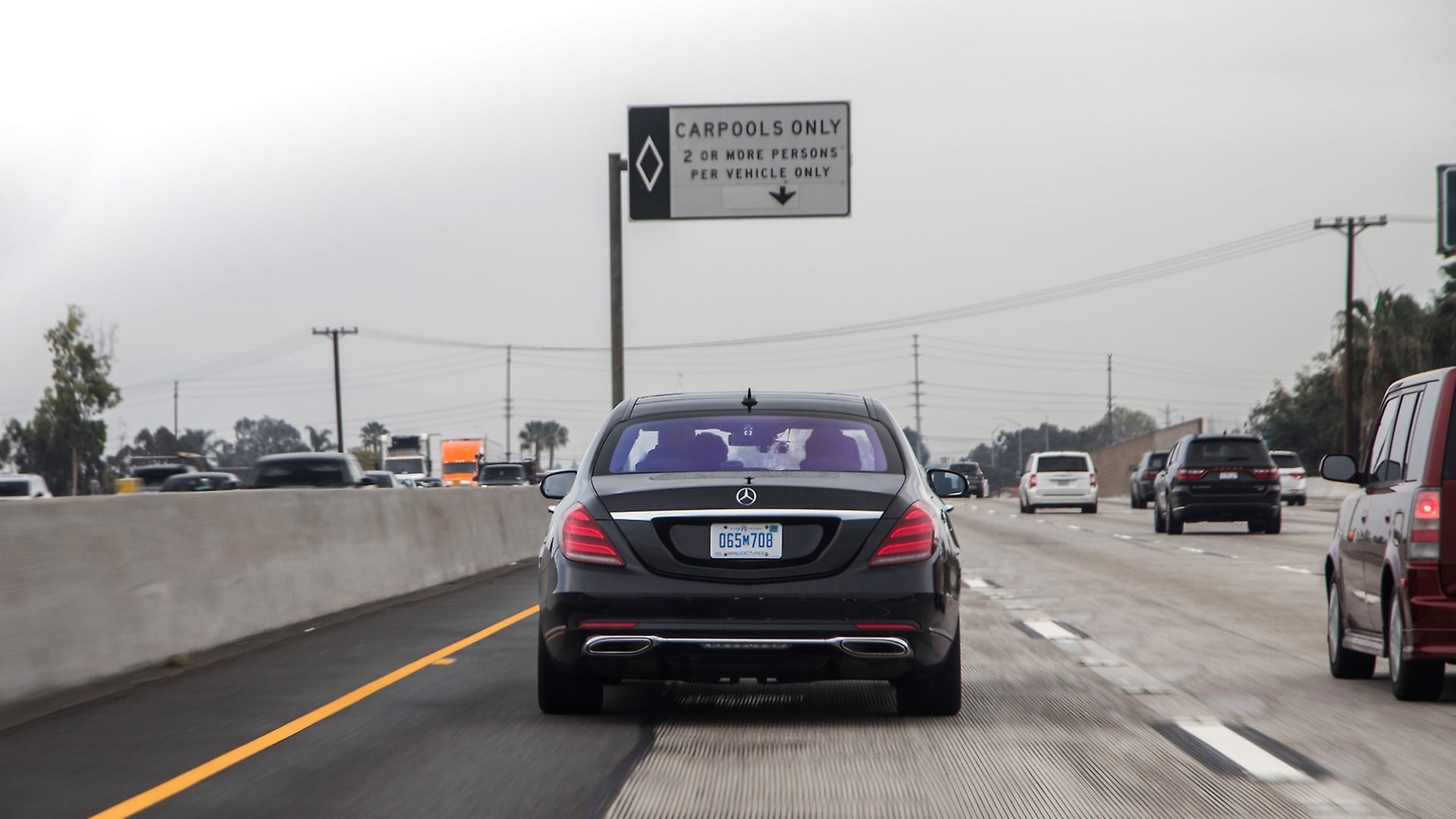Further special features include traffic signs which are only found in the 15 Member States of the Southern African Development Community, such as South Africa, Namibia, Botswana or the Seychelles. For example, the no stopping sign shows a crossed-out letter 'S' in a red circle, while the sign for no entry is made up of two black horizontal bars in a red circle. In addition, the road traffic signs in South Africa are often incomplete. Intersections where you have to stop are not always indicated by a stop sign – in some cases they only have wide, white lines across the road surface. Warning signs before the commonly-found speed bumps are also not always present, or are positioned close to the obstacle that there is insufficient time to react.
The lack of signs presents a major challenge for the performance of the camera and radar systems as well as the quality of the digital maps, which enable automated driving functions such as the Active Distance Assist DISTRONIC with route-based speed adjustment to function reliably. Validating the latest digital map material from HERE, particularly with regard to intersections where the vehicle would need to stop and traffic obstructions such as speed bumps, is therefore a particular focus of the test drives on the Western Cape.
